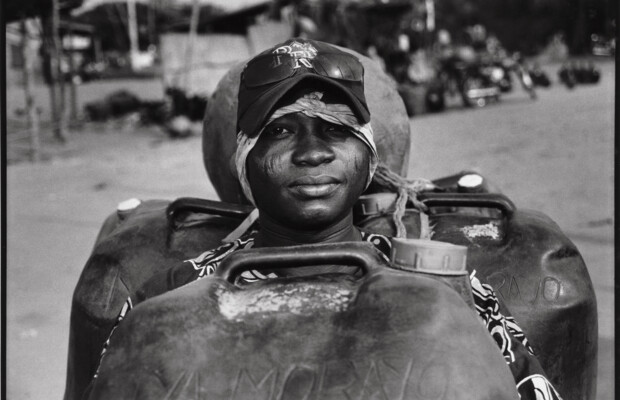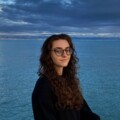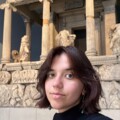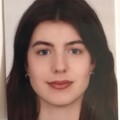Conversation with Lydia Melamed Johnson, the executive director of AIPAD
The Photography Show will be held from April 25-28, 2024, at the Park Avenue Armory in New York City
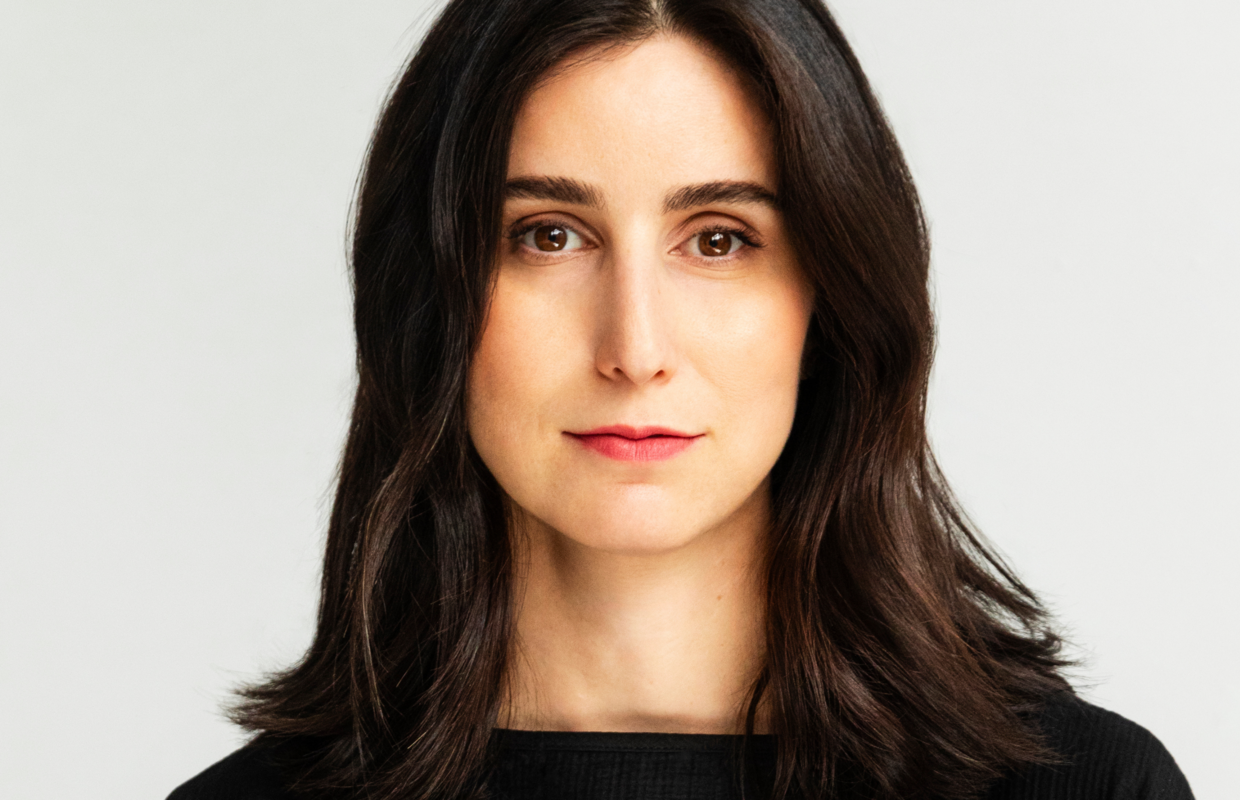
AIPAD, the Association of International Photography Art Dealers, is a key organization in the global fine art photography scene, uniting dealers and galleries to foster appreciation and support for photographic art. Its hallmark event, the AIPAD Photography Show, is one of the leading and most prestigious art fairs in photography worldwide. The 43rd edition of the Photography Show is set for April 25-28, 2024, at the Park Avenue Armory, NYC, showcasing an extensive programme from the world's leading photography galleries and dealers.
Madara: You have been connected to AIPAD and the Photography Show in various roles: in 2022 you were the show director for the Photography Show, and in January 2023, you were appointed as the Executive Director of AIPAD. How would you describe these years working with the organization? What has been the overall mood?
Lydia: I joined AIPAD at the end of 2021, and during that time they were already gearing up for the 2022 show, having secured a venue and were in search of someone to lead the event. It was quite a transitional period for AIPAD, especially as it was navigating the aftermath of the pandemic, an era that was particularly tough on small businesses, which AIPAD predominantly represents. During 2020 and 2021, AIPAD was holding an auction at Sotheby’s among other support activities, but there was a clear consensus on the necessity of hosting an art fair once again.
Joining such an esteemed yet transitionally positioned organization was intriguing and the overall mood was optimistic; they had found a new venue (Center 415), which was perhaps not as grand as previous locations like Pier94 or the Park Avenue Armory, but something fresh and untested, which was exciting. A month or so before the fair, the Omicron variant emerged, which created some complications. AIPAD community was evident as people still showed up in great numbers, especially on VIP day, creating a heartwarming reunion, even if we had to elbow bump instead of hugging. It was a joyous occasion amid rather dark days.
And then the 2023 edition was marked by a similar spirit of reunion but with an even more joyous atmosphere. It felt like a declaration that AIPAD was truly back. The focus has since shifted to what lies ahead, with the mood being very much forward-thinking and ambitious, aimed at better representing our galleries and innovating new platforms for them.
This journey with AIPAD has been a rollercoaster for sure, but I have worked closely with our board of directors, and this process has been particularly rewarding. It's incredible!
Certainly, not the easiest of times to start a leadership role in such a prominent organization.
Yeah, I mean, that's a reality for every organization, both on a macro and micro level, including all of our member galleries. Despite the challenges, we've managed to navigate through the tough times. It has been quite the journey, yes, but I feel that's just the current state of the world in general.
That's another aspect where AIPAD really steps up.
AIPAD strives to support its members, meeting them where they are in their particular situations.
Indeed, there have been times of loss and illness, and AIPAD has provided support to its members during these difficult moments.
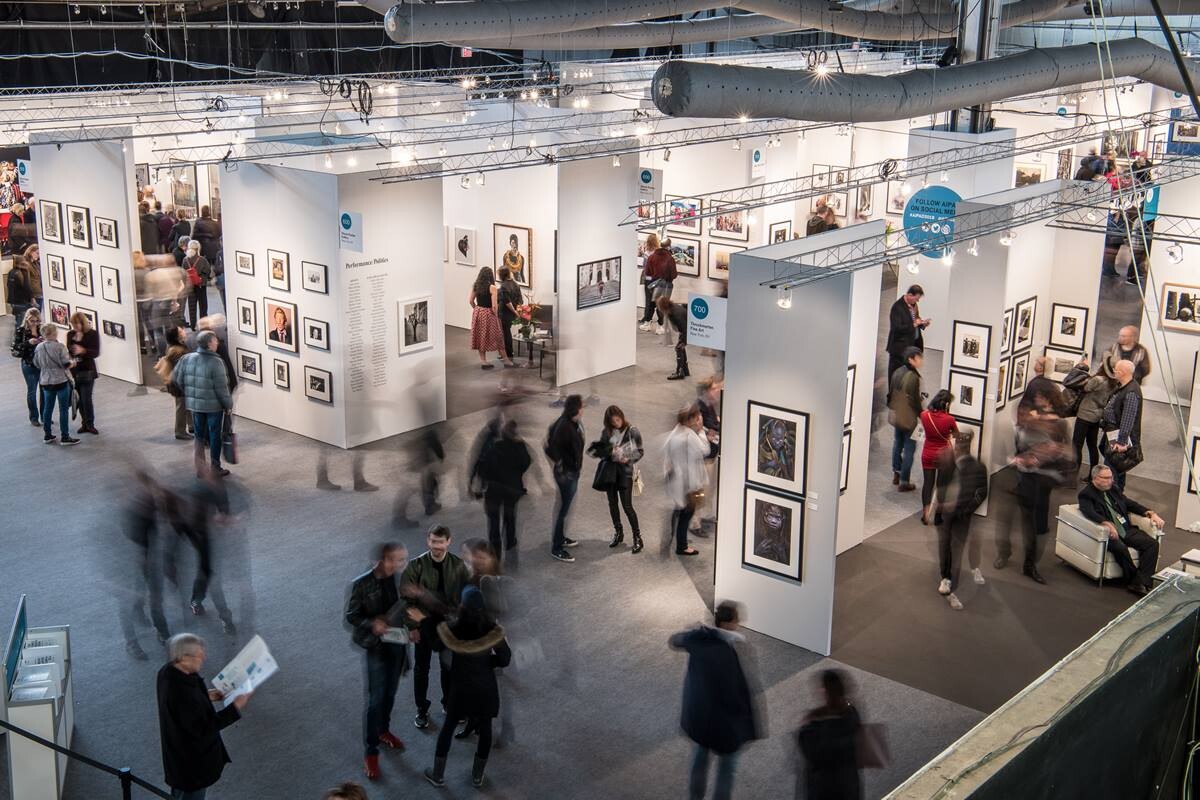
AIPAD without a doubt is one of the most prestigious and also oldest organisations dedicated to promoting fine art photography, so I'm curious to know what type of change and focus are you hoping to foster?
I believe I bring fresh energy and perspective to AIPAD. My background is working with galleries, though not specifically photography galleries, and I believe this allows me to understand what art galleries generally expect from an organization like this, in terms of fair operations and member benefits, without being too entrenched in the specific demographics of the photography industry. I can see areas for potential growth and improvement.
We've recently welcomed our first European president of AIPAD: Martijn van Pieterson. This shift has opened up opportunities to broaden our perspective beyond the U.S., acknowledging that while New York hosts our flagship fair, our membership spans Asia, Latin America, and Europe.
So I would say my hope is to extend AIPAD's global reach, discovering new photography galleries in places like Eastern Europe, like Latvia, Poland, and Hungary, and expanding further into Latin America and Asia.
While we have a strong presence in Japan, there's potential for growth in China and other Oceanic territories. I believe we currently also have only one Australian member, so the opportunity for expansion is significant, and having a European president aids in this global outreach.
However, all these initiatives are secondary to our primary goal of returning AIPAD to the Armory, which has been a significant endeavour, particularly with our aim to double the number of exhibitors and scale up from last year. While these global expansion plans are important, they've been postponed until after the fair.

Please share more about your background, as you mentioned it's not in photography.
I've had a strange career trajectory. When I talk to young professionals about careers in art, I always tell them to be open to new ideas that aren't on their immediate career path. I studied European and Italian Renaissance art history in Florence, and after coming back to the States I started working for a prominent old masters gallery in New York, Robert Simon Fine Art. I worked there for ten years and thought that was going to be what I did. But in the midst of that, I recognized that the old masters sector had and still has a challenge to bring in young collectors. There's an intimidation factor of walking into these galleries, worrying about saying something wrong or asking a stupid question, worrying about being judged, and not recognizing that these gallerists are as excited to engage with you as you are with them. With this challenge in mind, I started an event called October Art Week that opened up a lot of Upper East Side galleries to new audiences. With this new experience, I recognised that I wasn't great at selling art, but I was really good at bringing people into spaces where they can be exposed to art and hopefully buy it, and, together with this realization, I knew that my future wasn't owning and running a gallery. It simply wasn't my strength.
I started working at Paris Photo, which I believe came as quite a surprise to my friends and colleagues from the old masters scene. And I get it! Although I was collecting photography myself and I'd always loved it, it wasn't my field. So during my time at Paris Photo, I learned rapidly, and AIPAD has just accelerated this education.
Reflecting on your dedication to attracting new audiences to the arts, the Associate Membership initiative you've implemented at AIPAD appears to be a significant contribution toward this aim, particularly with its emphasis on incorporating younger galleries. Why do you feel this was a necessary addition to the already existing programme, and how was the first edition that was held during last year's programme?
Yes, after serving as the fair director, I was honoured and incredibly flattered when offered the role of Executive Director of AIPAD in late 2022. Around that time, AIPAD's board conducted one of its periodic strategy sessions, which is always a logistical feat given the need to gather everyone in one room.
We discussed AIPAD's status as the pinnacle of photography galleries, and also wondered about the future: who are the emerging galleries that will join our ranks?
In the current economic environment, particularly for small businesses, we questioned how we could foster and support the next generation. The Associate Membership Program was our answer to this. Although I helped spearhead the initiative, there was strong backing from Michael Lee (Lee Gallery), Martijn van Pieterson (IBASHO) and Nicholas Fahey (Fahey/Klein Gallery). It was crucial that the program align with AIPAD's high standards, identifying galleries that embody our values and could potentially qualify for full membership in a few years, despite being relatively new or not fully scaled.
Our first class of Associate Members last year included Gallery Sit Down and Gallery Momentum. This year, we've welcomed the Hulett Collection, Marshall Gallery, and Daniel / Oliver Gallery, among others, all of whom will be participating in the fair within a dedicated Associate Members sector. We believe this initiative offers a glimpse into the future of the photography gallery scene.
How it works is that The Associate Member Program lasts for two years, after which participants may either be invited for a full membership or not, based on the decision of the membership committee. It has been fun and exciting, to meet all these people and galleries that have such a wide array of backgrounds.

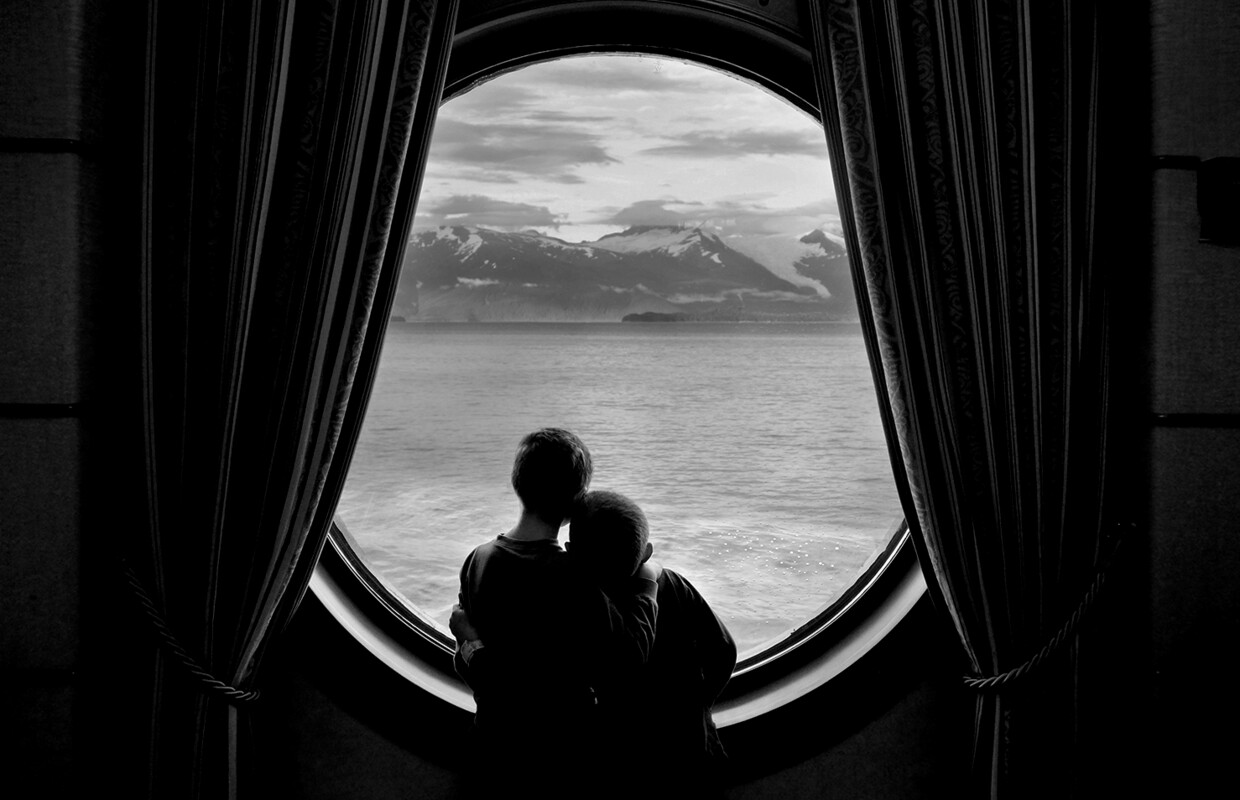
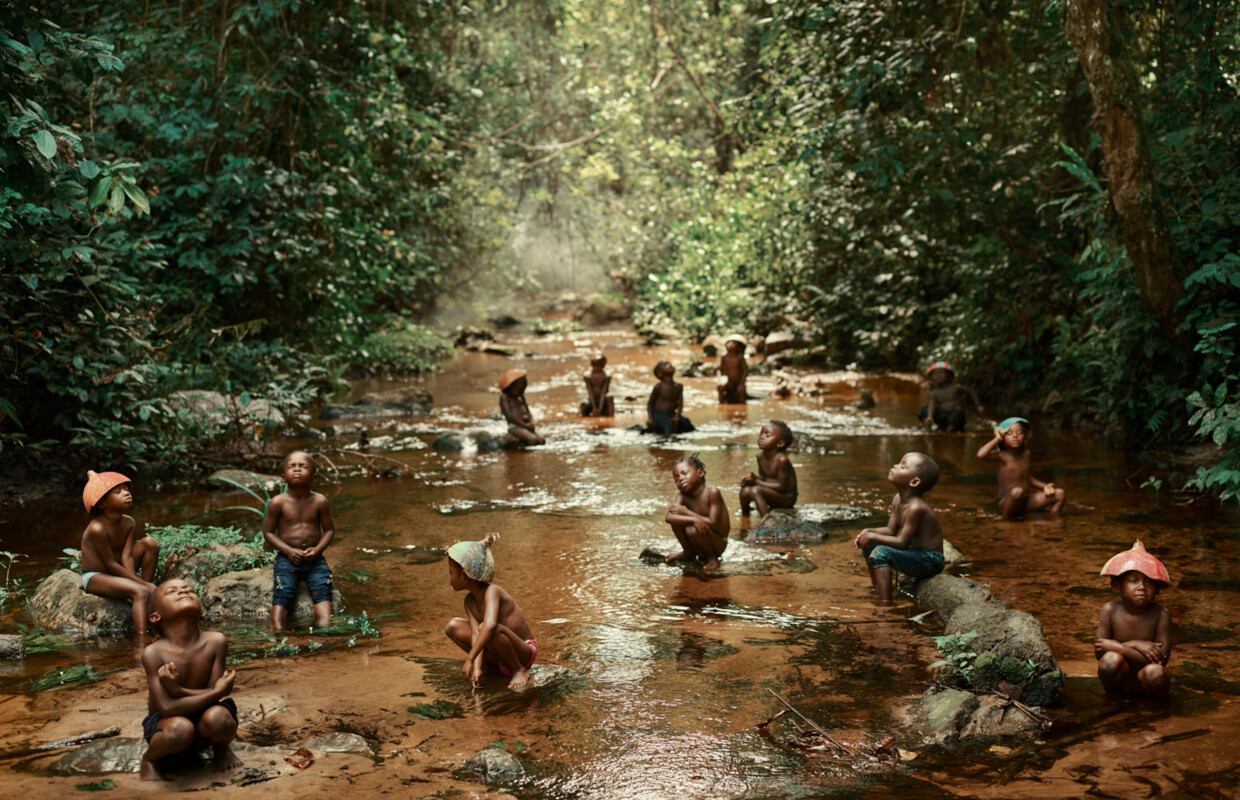
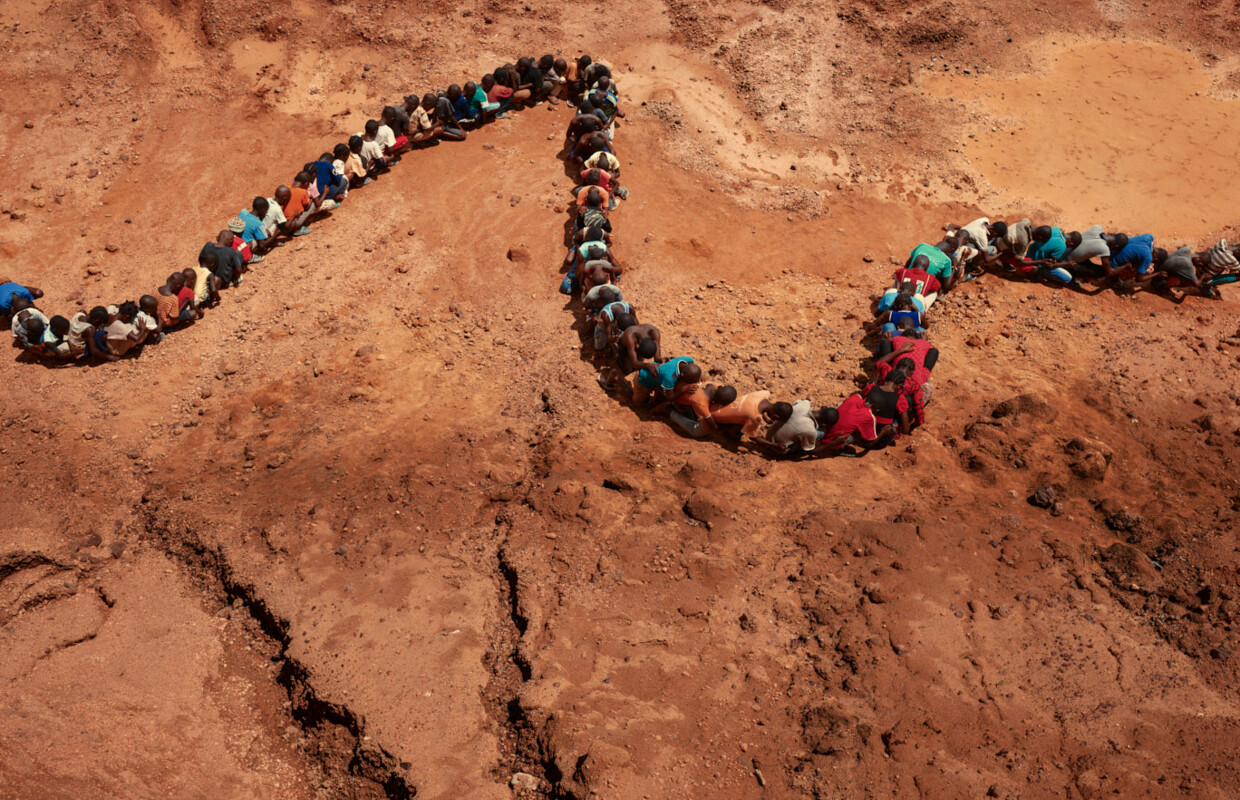

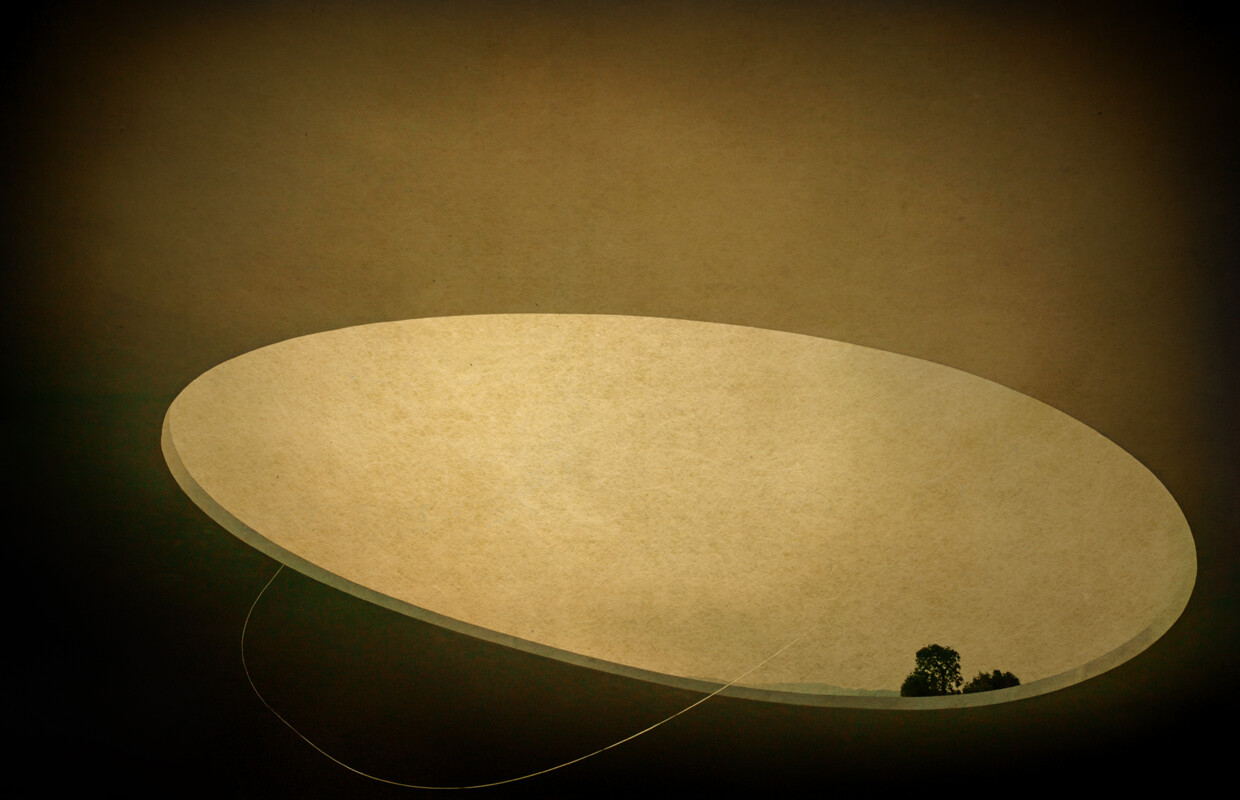
Are you worried about balancing the status of AIPAD as a leader in the fine art photography field, and simultaneously keeping the doors open for new and emerging talents?
That's a good question. It's about the ethos of these galleries and the approach they take to the work they present. There are many exciting galleries out there that might not fit the traditional AIPAD mould, and not every young gallery will aspire to exhibit at The Photography Show, so there's a natural balance between us and the galleries, with a bit of self-selection at play. Galleries that have evolved or matured with AIPAD as a reference point tend to integrate smoothly into our membership program. For instance, there's one gallery we're keen on that has only been operational for a year. That duration is too short for even an associate membership since they're still defining their identity and might shift directions. Thus, the time factor is crucial. While five years may be too lengthy given the rapid pace of change in the art world, a two-year timeframe offers a good balance for assessing potential membership.
With the introduction of such initiatives and the general trend towards a more decentralized art market, do you feel there's reluctance from some of the members that have been with AIPAD from the start since the 80-ties?
There might have been some hesitancy, but "reluctance" is too strong of a word. When you're making changes to something as beloved as AIPAD, especially by its longstanding members, it can be challenging to convey the rationale. The idea is that a rising tide lifts all boats. Supporting new gallerists today is akin to how AIPAD supported them 20 years ago. It may not have happened as early as it's happening now, but the aspiration was always there.
Each member, as a business owner adapting to the current market, understands that the landscape has changed. It's no longer necessary to have a brick-and-mortar store in specific locations like Chelsea or LA.
The art market can be more decentralized.
And if we were to ever have an AIPAD member let's say in Riga, Latvia, that would be great for everyone, right? They will then have our name on their webpage, potentially introducing all of the members to new audiences. So yes, I would say that any initial surprise by the initiative passed really quickly, and it has been welcomed warmly.
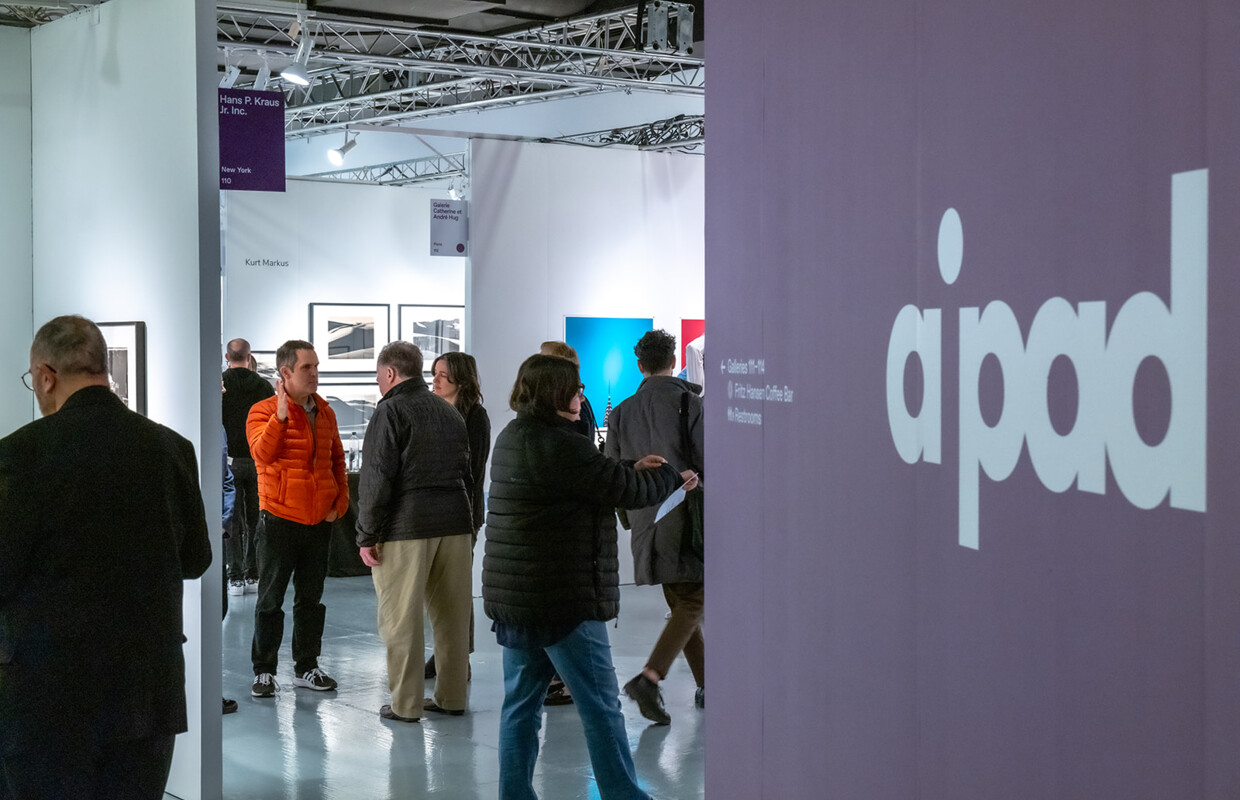
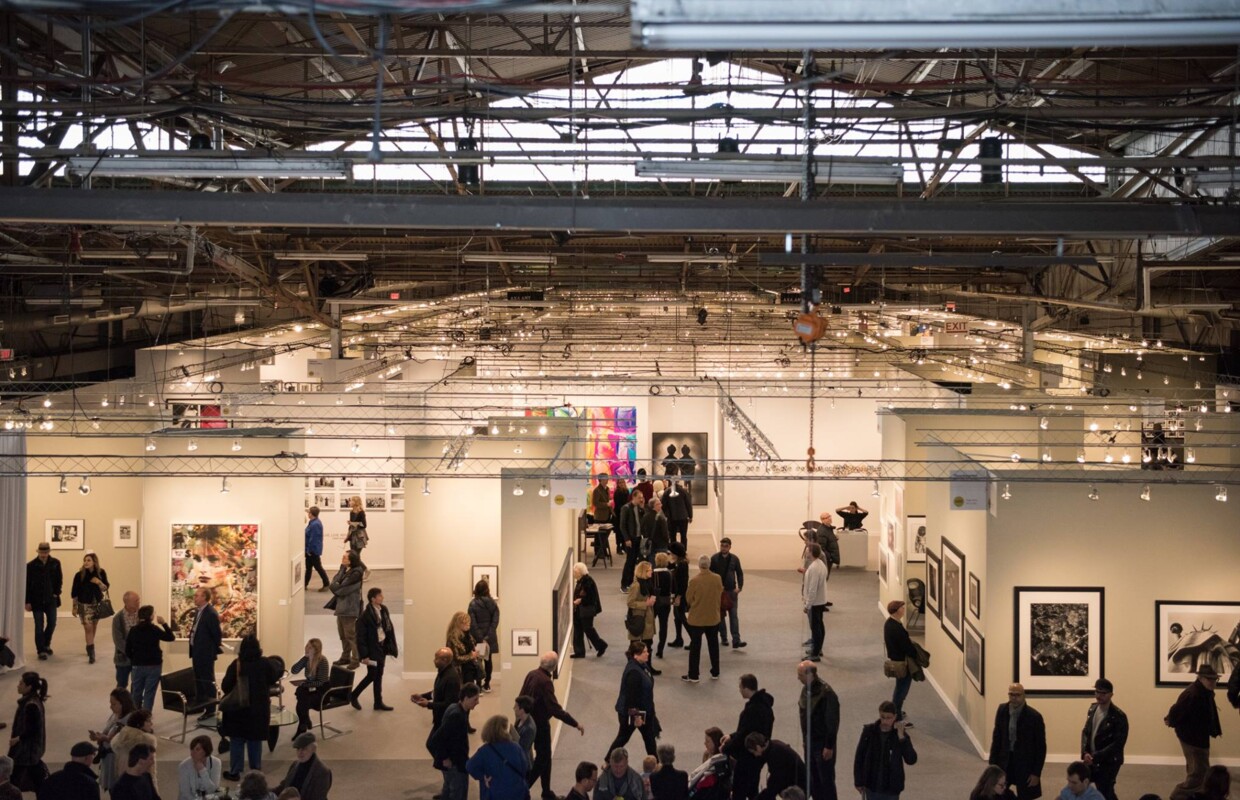

With the 43rd edition of the Photography Show coming close in April - what would you especially like to highlight from the upcoming programme?
First of all, just being back at the Park Avenue Armory is thrilling. Walking through those doors on Thursday morning before our media preview to witness the transformation by our team and members is something I eagerly anticipate. It's set to be a fantastic homecoming for AIPAD at a venue that reflects the scale and significance of AIPAD, which I'm particularly excited about in terms of programming.
I'm thrilled about our Associate Member sector, bringing all new members together to showcase the direction AIPAD is moving in. Additionally, we're presenting the second edition of our Monumental Pathway, featuring large-scale photography that's challenging for galleries to exhibit within their booths. These pieces will be displayed throughout our venue, highlighted on our map, offering a glimpse into the expansive possibilities in photography beyond the conventional booth presentation.
Our AIPAD Talks program, which has just continued to grow every year thanks to our education committee, previously led by Arnika Dawkins and now by Andra Russek—is another highlight. We will open this programme with Vince Aletti, who is the 2024 AIPAD award winner, in conversation with Jeff Rosenheim, the 2022 awardee and curator of photography at the Metropolitan Museum, which underscores the calibre of this year's program. It's an honour to host these two industry titans, setting the tone for what's to come.
I'm also delighted to welcome back the photo book publishers and partners to our fair, from as far as Japan, Europe, and Canada. It's wonderful to have our entire community together under one roof. These are the highlights I'm most looking forward to at the upcoming Photography Show.

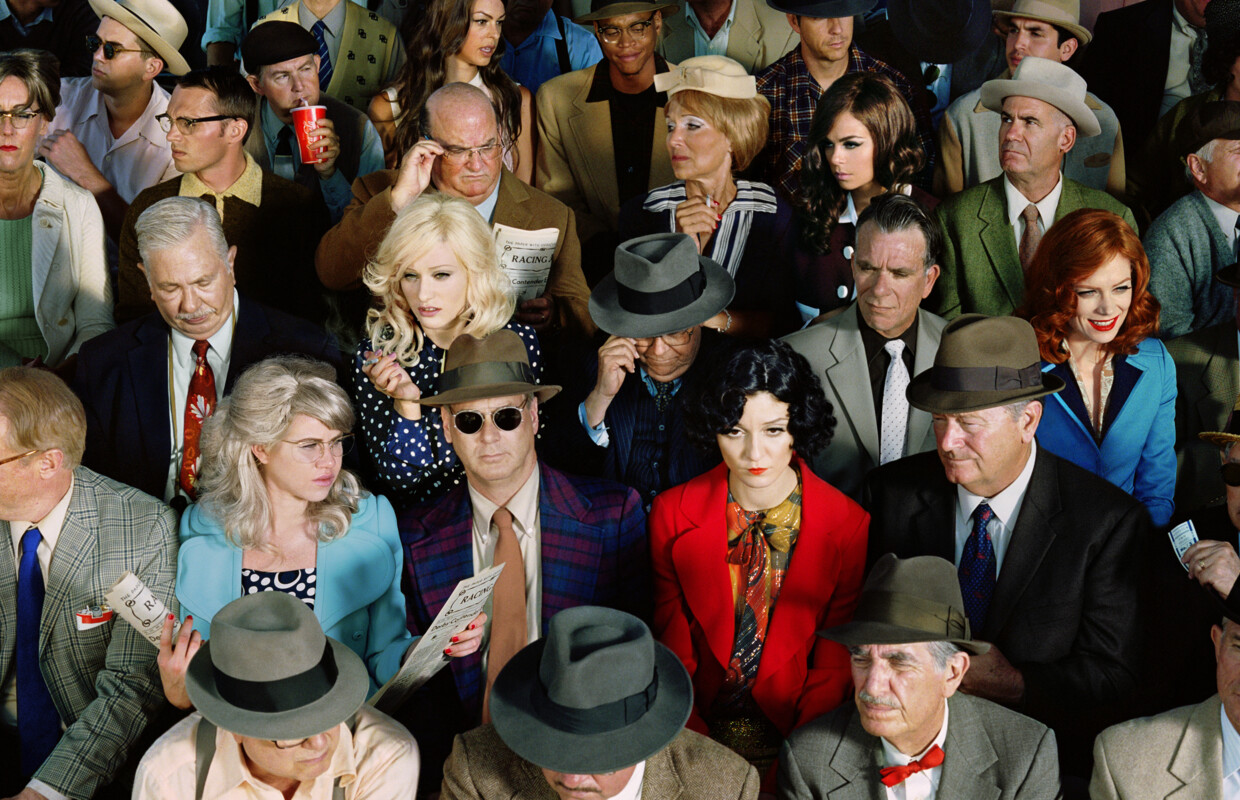
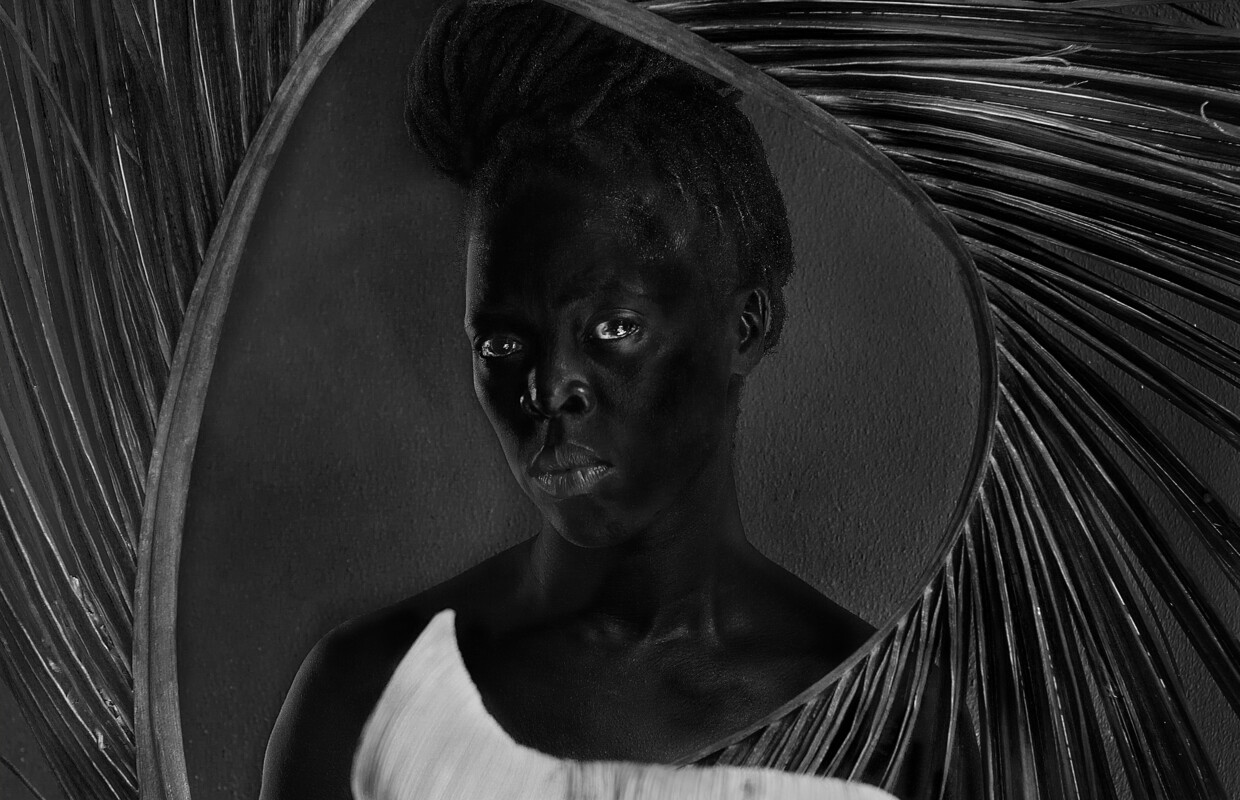

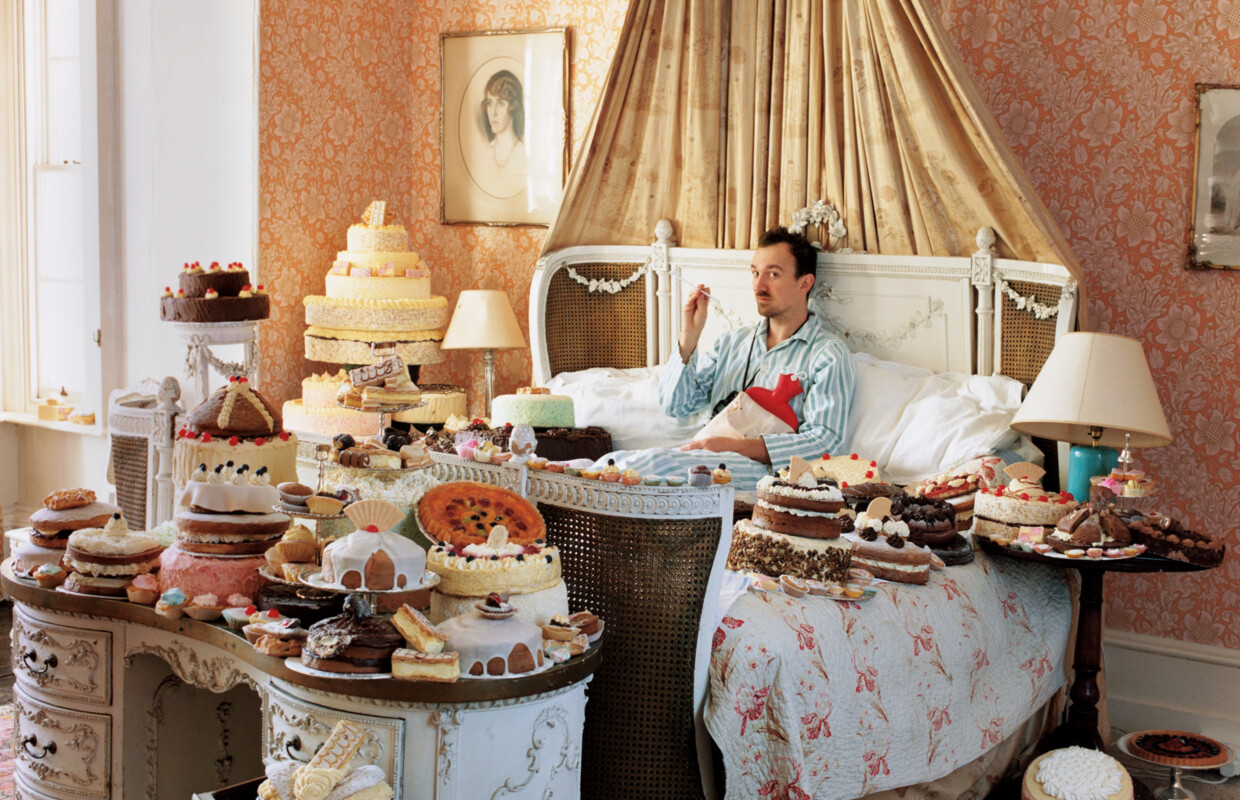
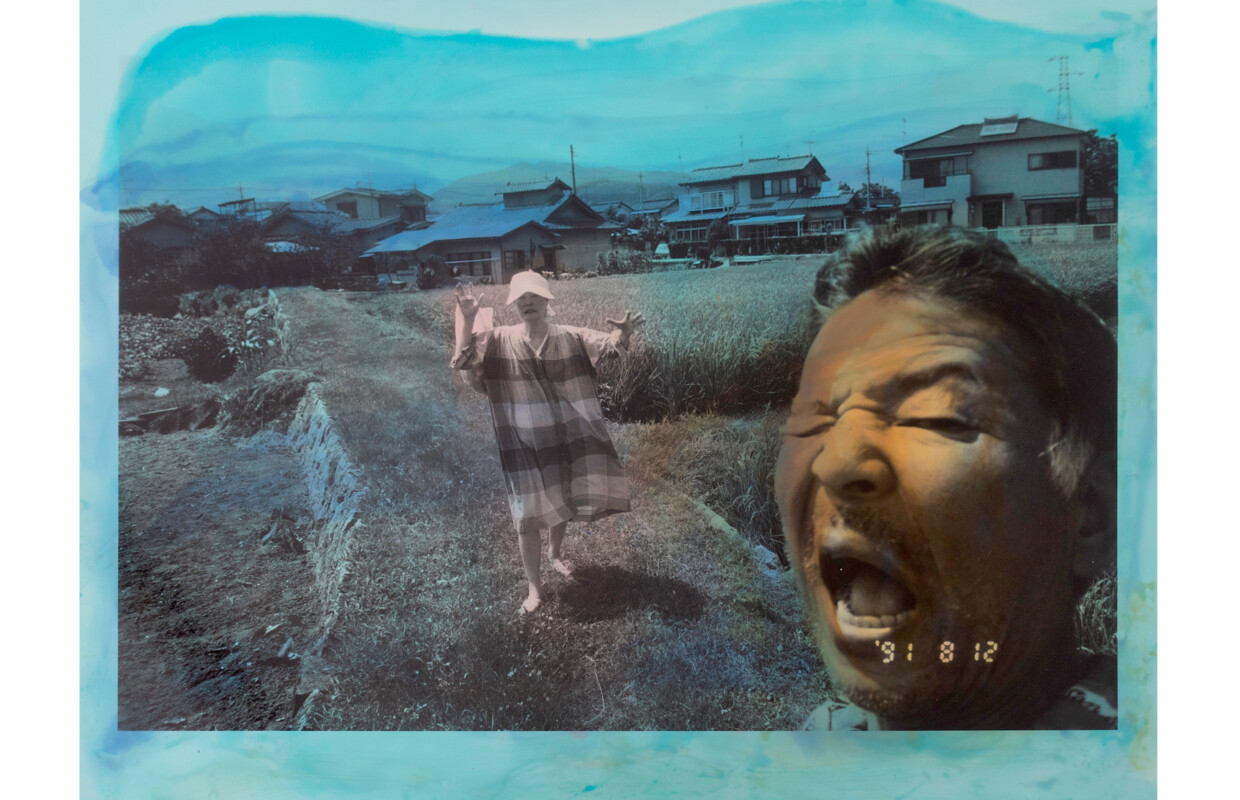
As you mentioned Mr. Aletti - I was so happy to see him named as the 2024 recipient of the AIPAD award. Is there anything from his monumental work you'd like to highlight as personally meaningful to you?
It links to our previous conversation about attracting new audiences, as he's such a bright and engaging figure in our niche and beyond. When he talks about photography and when he writes about photography, his essence as a collector shines through so powerfully. You feel how much he loves it, how he loves to interact with it, how much of his life it is. I think it really brings audiences in and makes them want to become collectors and want to be a part of what he's speaking about.
I agree, he's a wonderful ambassador.
Exactly! He's the perfect ambassador for photography in all of its forms. Especially with his humour… he's just so engaging and welcoming.
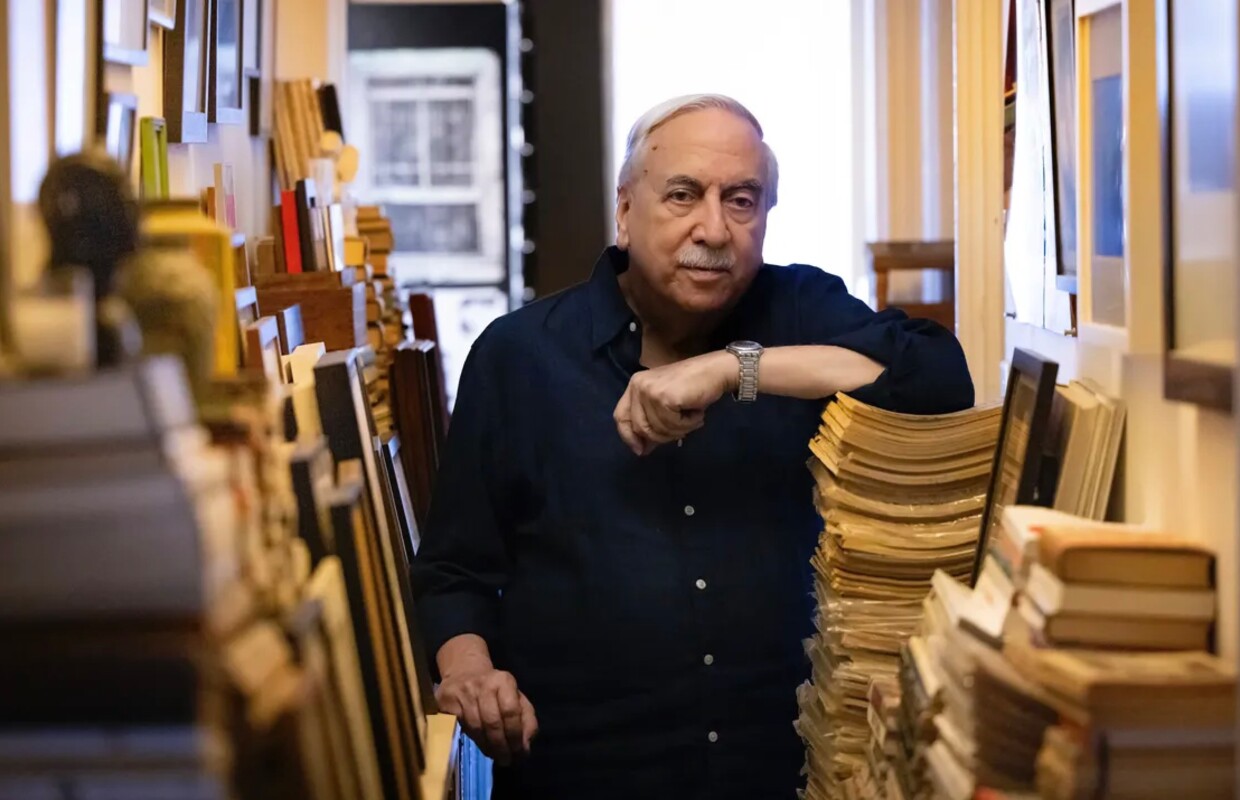
Regarding collecting - do you see trends in terms of what is gaining particular interest from collectors? Are you catering to these trends when selecting the exhibitors of the show?
Certainly, and the trends in collecting photography align with those in contemporary art in general, although they also extend to historical categories, so it's not just contemporary art. There's a significant focus on underrepresented sociopolitical groups, including women, women of color, people of color, LGBTQ+ individuals, and Indigenous artists.
This interest spans both contemporary works and those from the past that may have been overlooked, highlighting a curiosity for the "overlooked" photographer from earlier eras.
In addition to this, there's an enthusiasm for new processes and experimental photography that challenges the medium's traditional boundaries. Artists experimenting with the medium's versatility, like Annemarie Heinrich and those working with collage, are reshaping perceptions of photography.
Regarding the selection of exhibitors for the show, AIPAD doesn't curate the fair in the traditional sense. Our selection spans the entirety of photography's history, from its origins to the latest works. AIPAD provides a platform where you might encounter an overlooked artist from the 1930s or an Indigenous artist employing contemporary technologies and integrating various media. The fair presents a spectrum of photographic art using different materials, from photographs transformed into knitted pieces to those made into sculptures.
It's also crucial to recognize the influence of museums and their role in setting trends and interest levels within the collectors and curators.
As one of the focuses for AIPAD is to cater to the specific needs of your members, please share what are some of the biggest challenges confronting fine art photography dealers and galleries today, and how is AIPAD addressing these challenges?
Broadly speaking, the challenges faced by our members mirror those seen across the board: logistics and the rising costs of operation. While I'm most acquainted with the operational costs in New York, it's clear that leaner times are being experienced globally, impacting a wide array of businesses and industries.
In response, AIPAD has been proactive in tuning into our members' needs. For instance, when tax issues arose in France, we sought to understand how we could assist our French colleagues. For logistical challenges, we've been exploring partnerships for our fair to help alleviate some of these financial burdens. We're also looking at precedents set by organizations like ADAA (Art Dealers Association of America), which have been successful in lobbying on behalf of their members.
Actually, I believe I am the first executive director of AIPAD. This choice and having an in-house staff has opened the doors to more effectively advocate for our members' interests. So I anticipate this aspect of our work will only expand in the future.
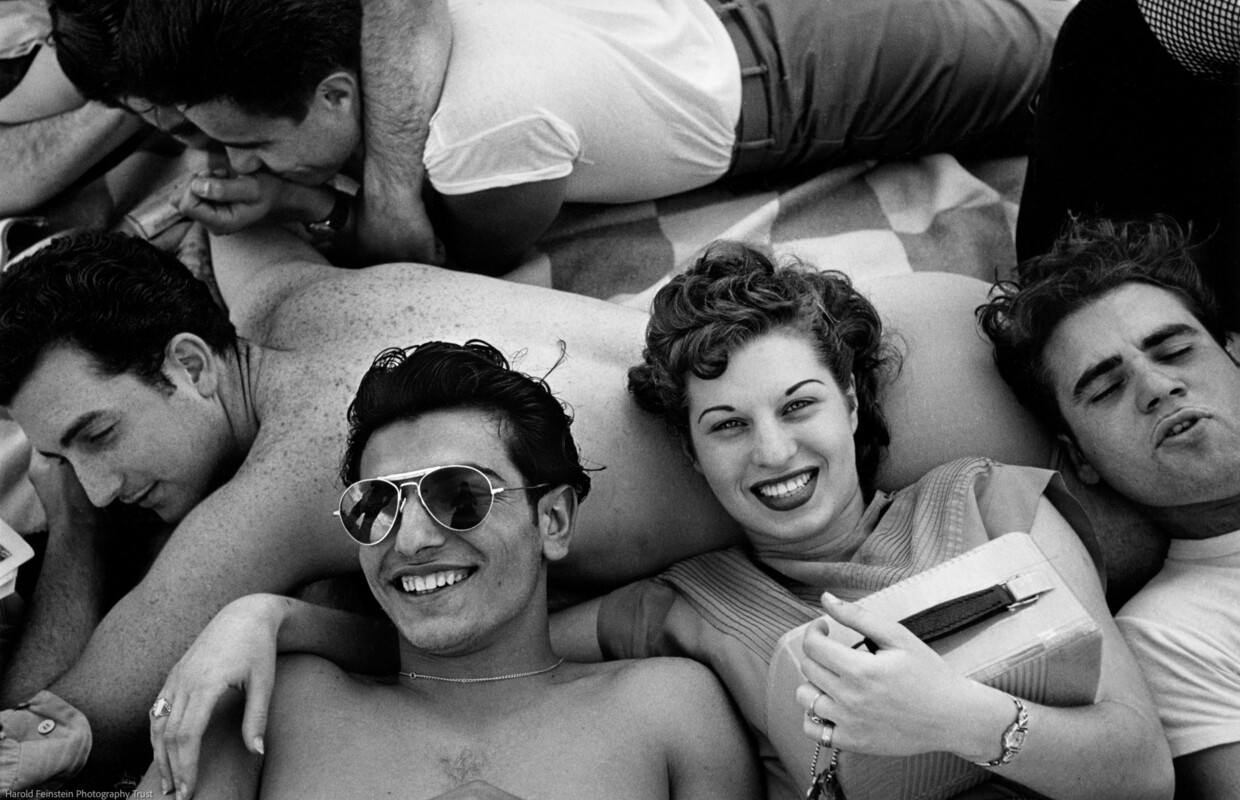

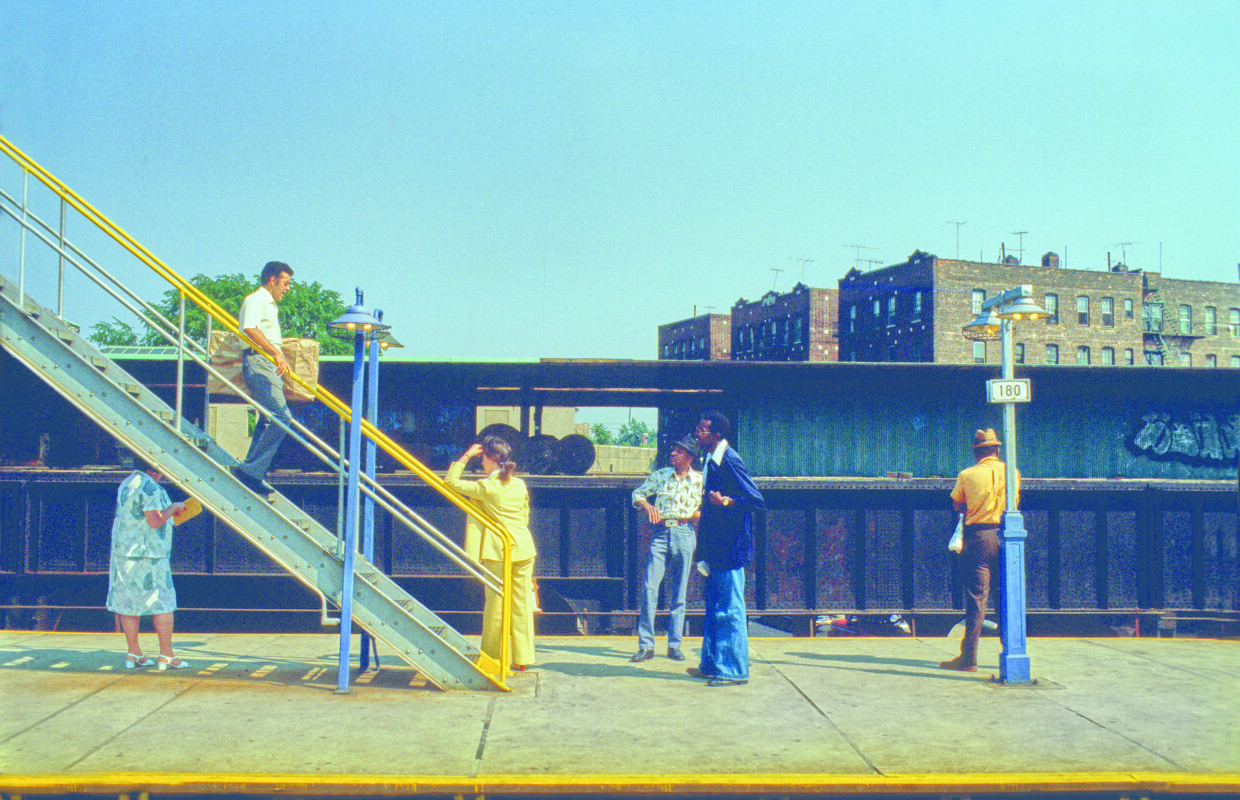
Knowing that AIPAD gathers some of the most prestigious photography galleries and artists, I am curious to know about the general mood towards AI and how it will impact the fine art photography medium.
You know, since we already spoke about Vince, he recently gave an interview where his answer towards a similar question was something along the lines of "It's happening, I don't care, but it's happening." That's a sentiment I personally resonate with. It is what it is.
I think in terms of how it could affect our membership… AIPAD is encyclopedic. Some of our members represent artists who are already using this technology to create compelling works, while others are absolutely not interested in it and are perhaps frowning upon those who use it. Either way, it's become an inherent part of the art form, the art world, and the broader global context. And I think that's also what I liked about Vince's answer. AI could swing an election, but it doesn't mean that there's no way around it, and simultaneously - It's undeniably a part of the world now.
At AIPAD, the emphasis will likely be on ensuring proper labelling, particularly during the art fair. It's crucial that artwork is accurately described, allowing the audience to form their own opinions.
Trying to control or dictate the narrative around AI's usage or its representation seems futile.
AI is here to stay, and we'll just have to wait and see how it goes. For now - we know that there will be works incorporating AI at AIPAD, and our priority will be ensuring they are correctly labelled, acknowledging that we can't force attendees to read those labels. Ultimately though, people will draw their own conclusions.
I am aware of fairs that have made the decision to restrict and not allow AI advanced artworks in their selection. I think it raises some problematic questions on control and creative limitations imposed on artists.
Exactly! Furthermore, AI can enhance accessibility in many ways. By imposing restrictions, we might be limiting artists who need AI to create images they otherwise couldn't. The issue is complex, and as AIPAD is not an educational institution, we don't have the role of admissions personnel to ensure works aren't plagiarized. It isn't a zero-sum game; AI-generated works can coexist with traditional ones. While AI may not fit every context, in photography, restricting it could inadvertently limit works that rightfully deserve recognition.
Finally, considering that this interview will also reach young art professionals and artists curious about how to become part of AIPAD's network, what advice would you offer them?
My advice is to immerse yourself in the scene: visit galleries, attend the Photography Show, go to Paris Photo, and follow those you admire or aspire to be like, whether on Instagram or in person. Engage with them and ensure your presence is noticed. Positive interactions can have long-lasting impacts, so it's crucial to make a good impression and consistently produce quality work.
The photography community is welcoming and open to new ideas, including discussions around AI, which will undoubtedly lead to challenging but necessary conversations. We need young professionals to bring fresh perspectives to keep the industry dynamic and relevant.
Be prepared to take unexpected turns in your career and remain open to new opportunities. For artists looking to connect with galleries, identify those whose approach and artists align with your own ethos, not necessarily because they are similar but because there's a mutual resonance. Adhere to their submission guidelines without trying to bypass the system. A good interaction will last for years… and the same goes for bad ones; you don't want to shoot yourself in the foot before you've even gotten your fantastic work in front of them, so proceed with caution and do thorough research. If there's a genuine connection, it's likely to be recognized mutually.
Share the post:




